Last week I posted a pic on Instagram of some drunken noodles I made for dinner. This prompted a request from a friend of mine for a good recipe for Pad Thai. And boy howdy, was I happy to oblige.
Here’s the deal. There's essentially a three-way tie for my favorite type of food between Japanese (sushi, specifically), barbecue, and Thai food. There are so many flavors going on and each dish is so well balanced between sweet, sour, salty, spicy, and savory. I think the tricky thing with Thai food is getting over the mental barrier that lots of flavor means lots of difficulty. It really is not difficult at all – just takes some prep.
*DISCLAIMER – I live in Idaho, and the grocery stores here are a bit behind the times. Some of the classic ingredients for Pad Thai, I just can’t find here. So I make do with what I have. I’ll list the ingredients that should be used, as well as the substitutions I made, when applicable.
The secret to Pad Thai is the sauce. Three ingredients, and that’s it. And sometimes you’ll see red Pad Thai sauce. From what I’ve read, red Pad Thai is very Americanized. I take some liberties in my cooking, but I try not to stray too far with Thai food. They’ve already got it pretty perfected. The three things you need for the sauce are tamarind paste, palm sugar, and fish sauce. In these three ingredients you get sour, sweet, salty, and hints of bitter and savory. It’s really quite incredible.
Cooking Pad Thai is a quick process once you get going. What takes the most time is the prep. Here’s the thing – when you do a proper, Thai stir-fry, you need to cook on really high heat or else your food just simmers in the liquid from your ingredients. Since the heat is so high, you don’t have time to throw something in the pan, turn your back to cut something else, and then add it after a minute or two. If you turn your back on the pan, everything will burn. So you need to make sure you do all of your prep first and have everything ready to go. This recipe is enough for 4 adults. Here’s what you need:
First, make the sauce:
• 3 Tbsp Tamarind Paste (our store only had pods, so I made my own using 1 ½ cups apple cider vinegar, ½ cup of brown sugar, and 1 package of tamarind pods. I removed the shells, boiled the pods in the cider and sugar for 15 minutes, then passed everything through a fine mesh sieve, removed the seeds and stringy things. It was really tedious, but well worth it)
• 4 ½ Tbsp Palm Sugar (I used brown sugar)
• 5- 5 ½ Tbsp Fish Sauce
Mix that stuff together, starting with 5 Tbsp of fish sauce. If it isn’t salty enough, add the extra ½ Tbsp.
Second, soak your wide rice noodles in hot water for 20 minutes. You’ll want about half a large package. While that’s soaking, get everything else ready, as follows (put each ingredient in its own bowl):
• 3 large cloves of garlic – finely chopped
• 2 medium shallots – finely chopped
• ½ of 1 large carrot – finely shredded
• 2 pieces of chicken breast – cut into small, thin pieces
• pinch of dried shrimp – just put it in a bowl
• ½ cup unsalted peanuts – crushed
• 2 cups of bean sprouts – put in a bowl
• 6 green onions – just chop down to the end of the green part (don’t include the white)
• 2 eggs – cracked into a bowl, NOT whisked, just left whole
• 1 lime – cut into wedges
Another ingredient people use commonly is pressed, marinated tofu. Can’t find that here and didn’t want to take the time to make it (takes a couple days).
Once everything is prepped, drain your noodles and have them ready as well. I decided that trying to explain how easy making Pad Thai is wouldn’t work, because there are so many little steps. Reading them in text would just be overwhelming. So, I made a video to show you exactly how easy it really is. Check it:
If you want a text version to follow, here you go:
- Add 3 Tbsp canola oil to your hot pan
- Immediately add garlic and shallots, stir for 5-10 seconds
- Add egg and cook for a few seconds
- Add a pinch of dried shrimp and stir
- Add chicken (and tofu if using) and let cook for 30 seconds to 1 minute
- Add carrots and stir
- Add noodles and toss
- Add sauce and toss
- Add most of the bean sprouts, scallions and peanuts, and toss
- Plate, top with more sprouts and scallions and peanuts, serve with lime wedges.
One thing I will add, don't neglect the lime wedges. They're part of the dish - the fresh lime NEEDS to be added to round out the balance, and it makes a major difference. Photo of a single serving of the finished product in 3...2...
So there it is. Not intimidating at all, right? No, seriously, you can do it. So go out and pick up the stuff you need and give this a try. Your first bite will have you thinking, "Whoa dude, that tastes like real Pad Thai." And you know what? That's exactly right because it IS real Pad Thai. And you made it. Well done, friend. Well done.






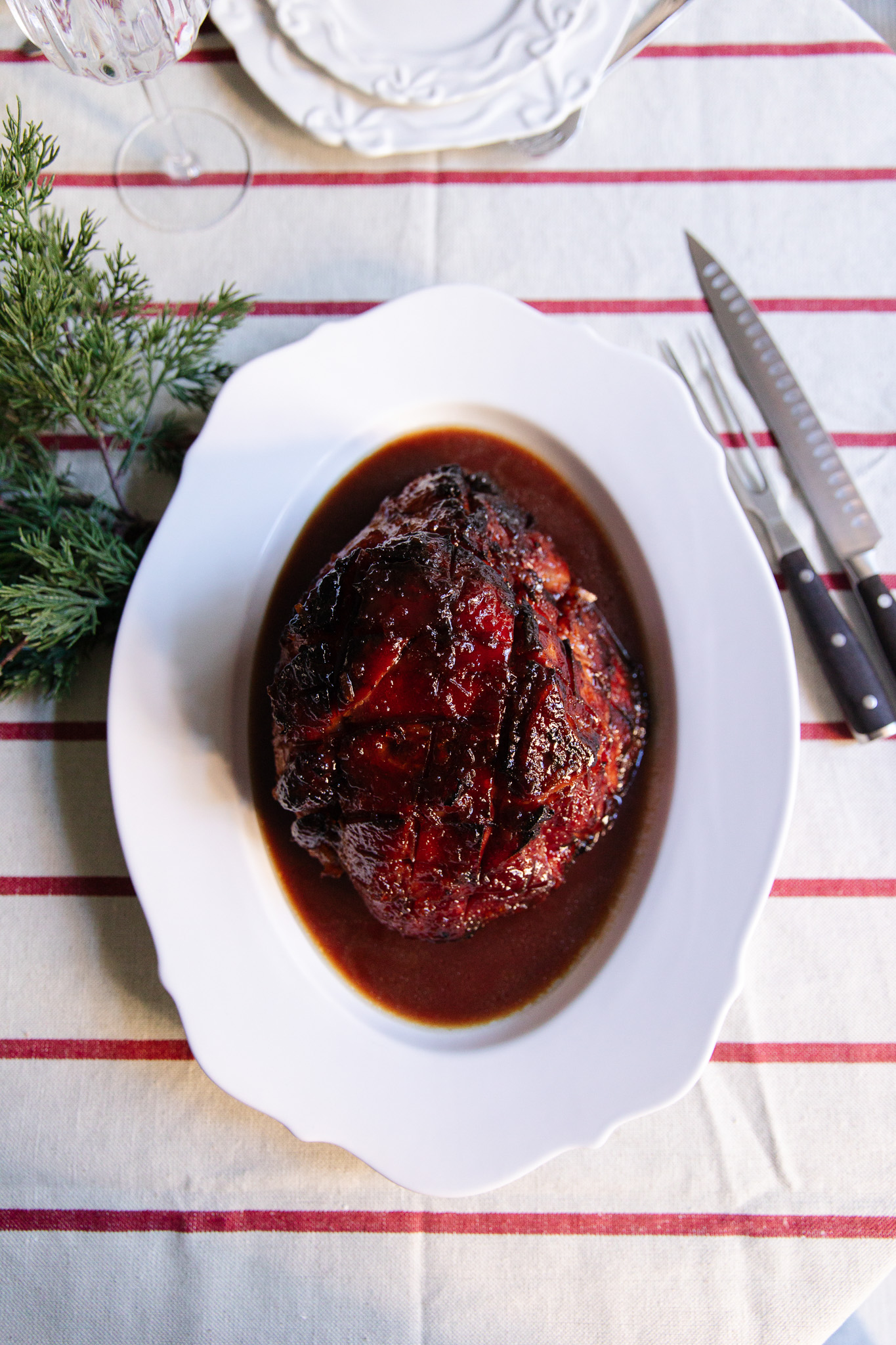
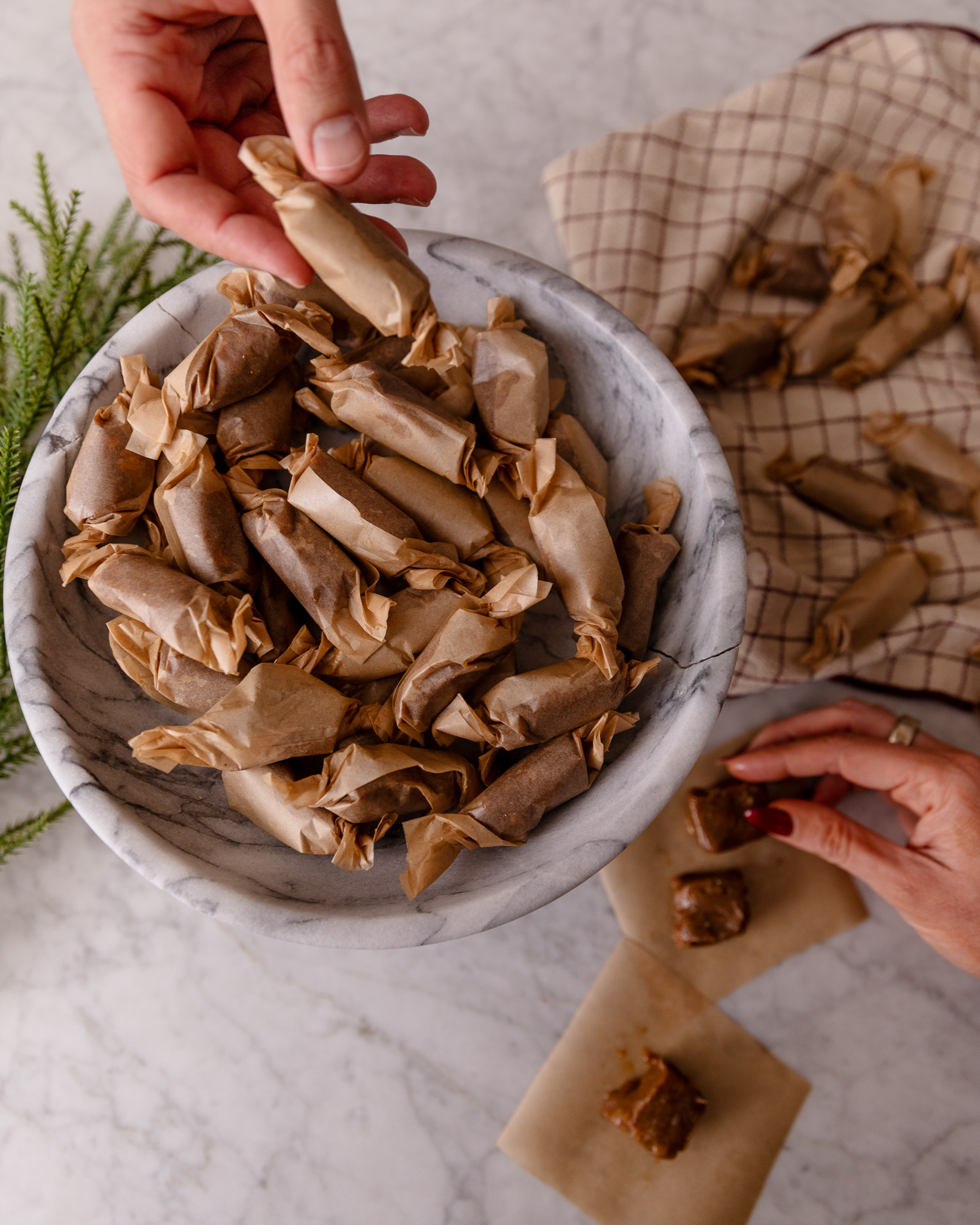

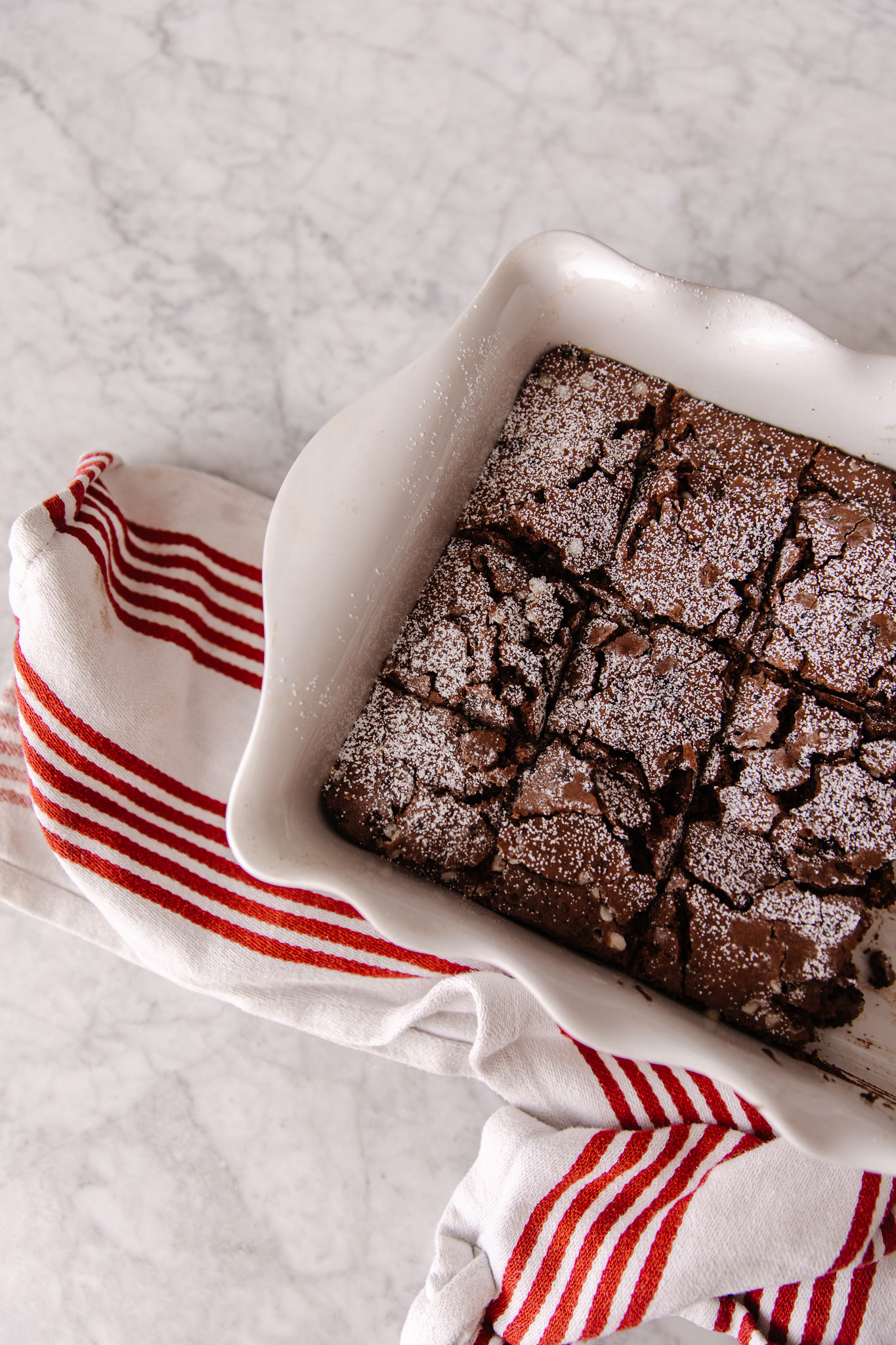
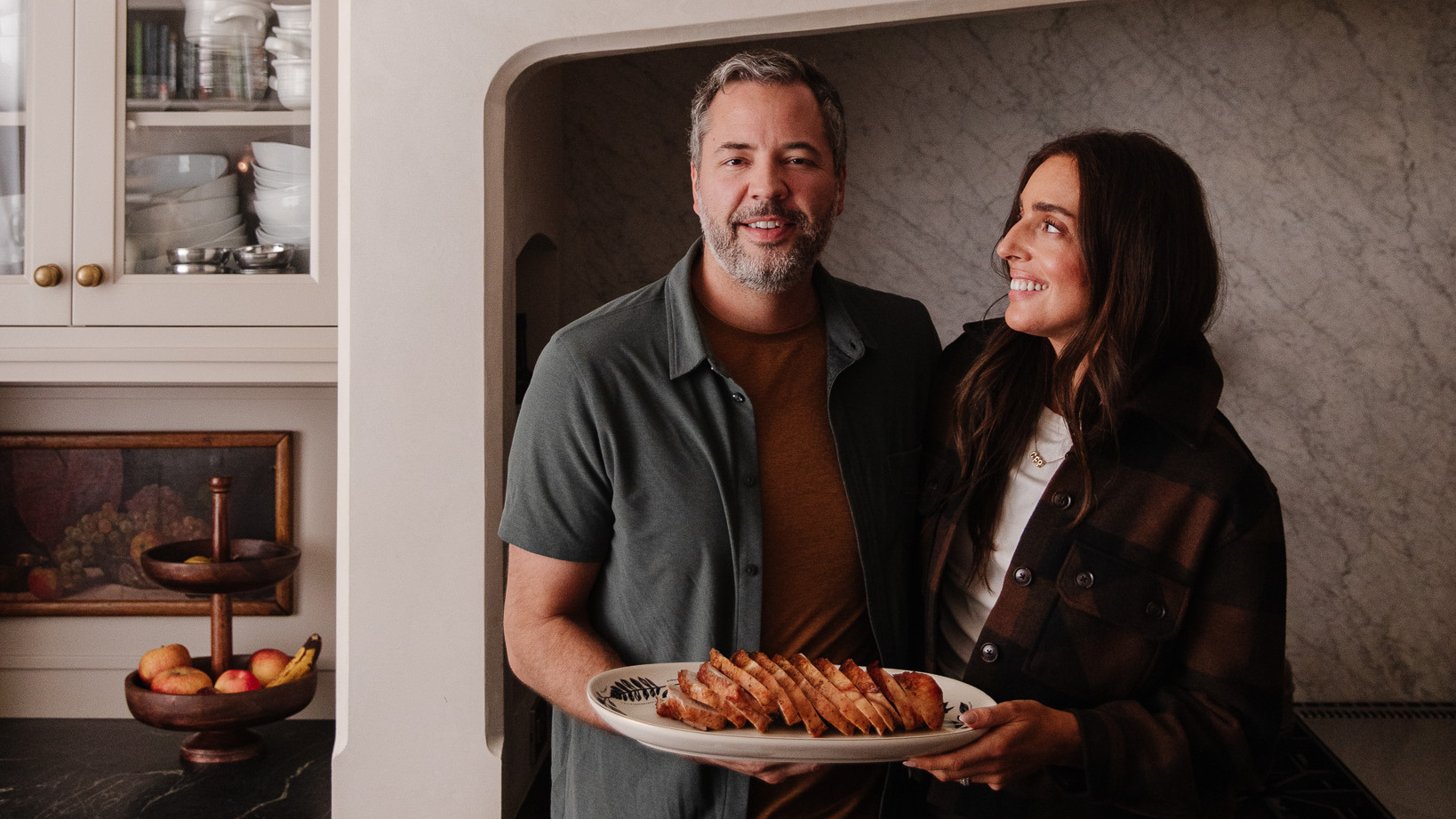




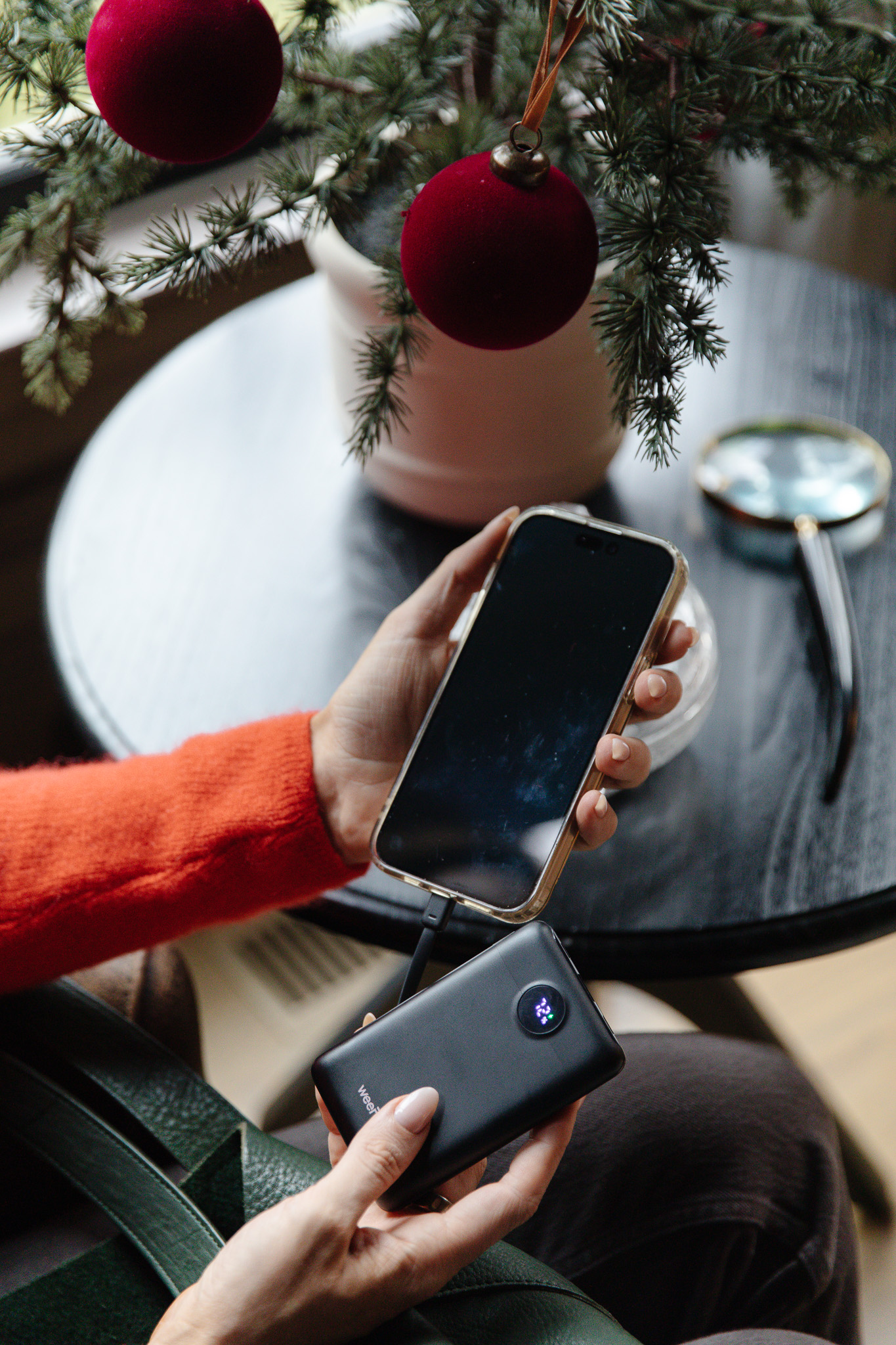
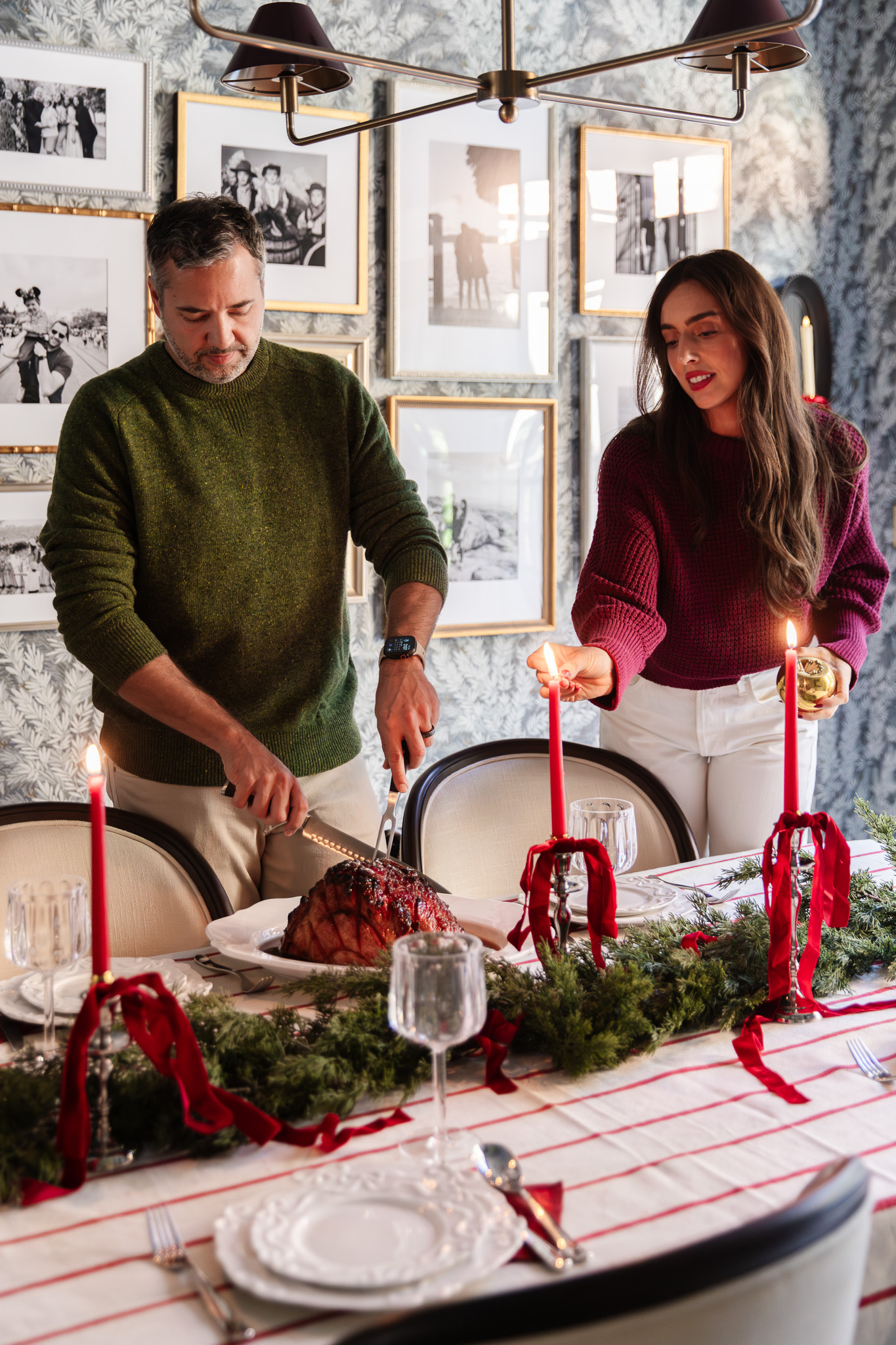







I wandered over from Thalita's Friday Five feature and Dammit - now I'm craving pad thai and it's 9:30 in the morning!
Looks like I'm going thai for lunch today :)
Cheers,
Becky
Awesome! Glad to have you visit our virtual home. :)
I find myself craving Pad Thai almost daily. We should start a support group.
Love the video, totally makes me want to make pad thai right now! You make it look so easy, but I think the prep would definitely help. I always forget to prep ahead of time since I normally bake and that's a bit more forgiving if you're not all ready. I'll have to try it with the tofu, I think we'd be able to find that at an asian market or Whole Foods.
That looks amazing! But I know Oriental food takes a forever long time to prep. Seriously might have to try this despite the prep work. I'm hungry now! This dish reminds of my absolute favorite oriental dish; Kung Pao Spaghetti from California Pizza Kitchen. You should try it. I bet you'd love it!
What do you suggest if, when I order pad thai takeout, I like level 2 spicy (out of 3)? Any idea what an authentic pepper might be?
Bird's eye chilis are pretty standard in Thai cooking (also called the piri piri, I think). You can control the heat by adding less, or spend more time to remove the seeds and tiny ribs inside (seeds and ribs hold most of the heat). They can get pretty spicy, though, so if you don't mind not having red color, you could use Serrano chilis instead. They're a bit more spicy than the jalapeño, but not too much. You can also remove the seeds and ribs from those, to bring the spice level down.
Since we can't find bird's eye chilis here, I actually use a little of the Asian chili-garlic sauce you can find in just about every grocery store. I adjust how much of that I use, based on how spicy I want it. If you wanted a medium heat level with the recipe above (feeding 4 people), I would add about 2 teaspoons of the chili garlic sauce to your Pad Thai sauce and mix it in with that. Mixing it with the sauce will ensure you get more even distribution of the heat, instead of some bites without heat, and some that are atomic.
I hope this helps! Good luck!
Cant wait to try it! Been wanting to but never got around to it and couldnt pick a recipe but Ill trust you ;p I have two of the three sauce ingredients and we luckily have one "international" market that shouldnt disappoint
Lucky! What I wouldn't give for an international market here. Unfortunately, I don't see that happening for the next... oh... well, ever.
I've made pad thai in a very similar way to you before, but both times I tried it the noodles came out with a gummy texture (even if I soaked the noodles for less time than directed). Any suggestions on how to fix this? :)
Hmm, not sure. What kind of rice noodle are you using?
Is the the mouthfeel that seems gummy, or the chew? A gummy mouthfeel is kinda like eating peanut butter, where the noodles seem sticky. A gummy chew would be like eating gummy worms.
I don't quite remember the name, but it was a Thai brand rice noodle (about 1/4" wide). It was more like a gummy chew, which made it quite unpleasant!
Rice noodles in general have a little more gummy of a chew than traditional pasta noodles, but it sounds like your experience was extreme. If the texture is more like chewing on a gummy worm, the noodles are probably less hydrated than they need to be. Try pouring boiling hot water on your noodles next time and let them sit in the water for at least 15 minutes. If they're still too gummy, add more time to the soaking in increments of 3 minutes. It may be a process to find the right texture, but once you do you can take note of it and you'll know how to make the perfect noodles going forward.
I had to laugh about your comment about Idaho grocery stores. I can't tell you how many times I've wandered up and down the aisles at Broulim's looking for something obscure only to go home and order it off Amazon, delaying my cooking by a few days. Small town living can be tricky.
I love pad thai! I'm heading to Thailand in a couple days and I'm so excited to eat as much pad thai as I want!
Here's my problem with homemade Pad Thai...my family complains about the smell of the sauce while I'm making it. I think it's the fish sauce? They love the end result but so much whining in between. Does this happen to anyone else?
Oh for sure. Jules was taping me while I made the video and she's so sensitive to smells now that she's pregnant, she had to have her shirt pulled up over her nose. The dried shrimp also have a really fishy smell. It's a good thing the end result is so darn delicious, otherwise I think this dish might be severely less popular.
Oh yum! That looks amazing! I'm getting hungry!
Definitely need to make this for Ryan one of these days. Thai food is his favorite.
I've always known Ryan to be a man of good taste.
Pad Thai is my favorite!!!